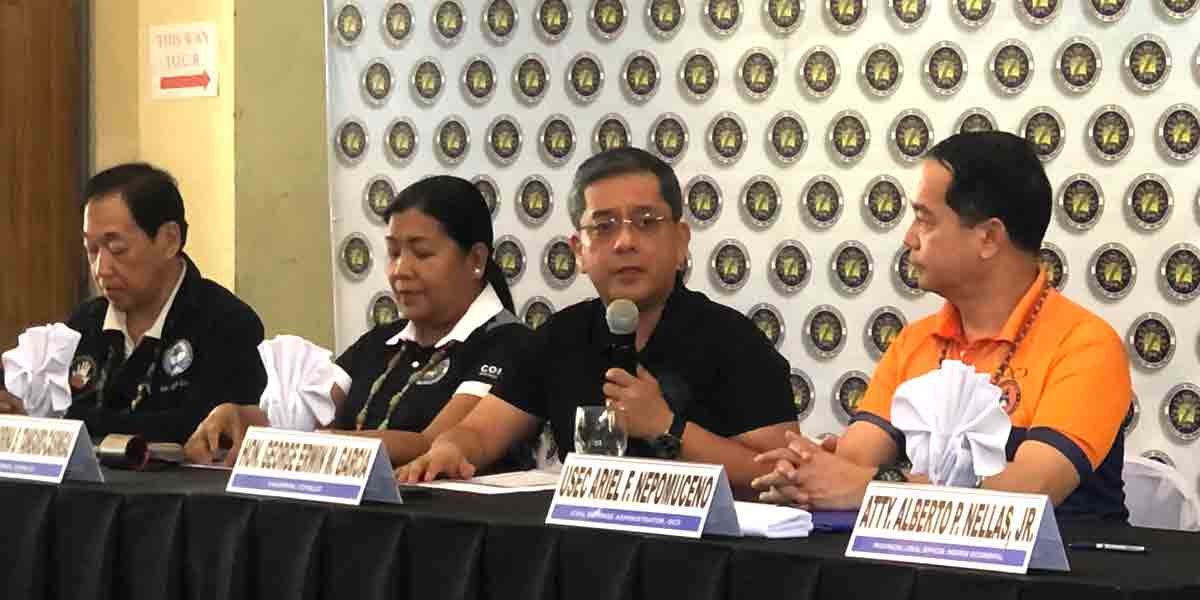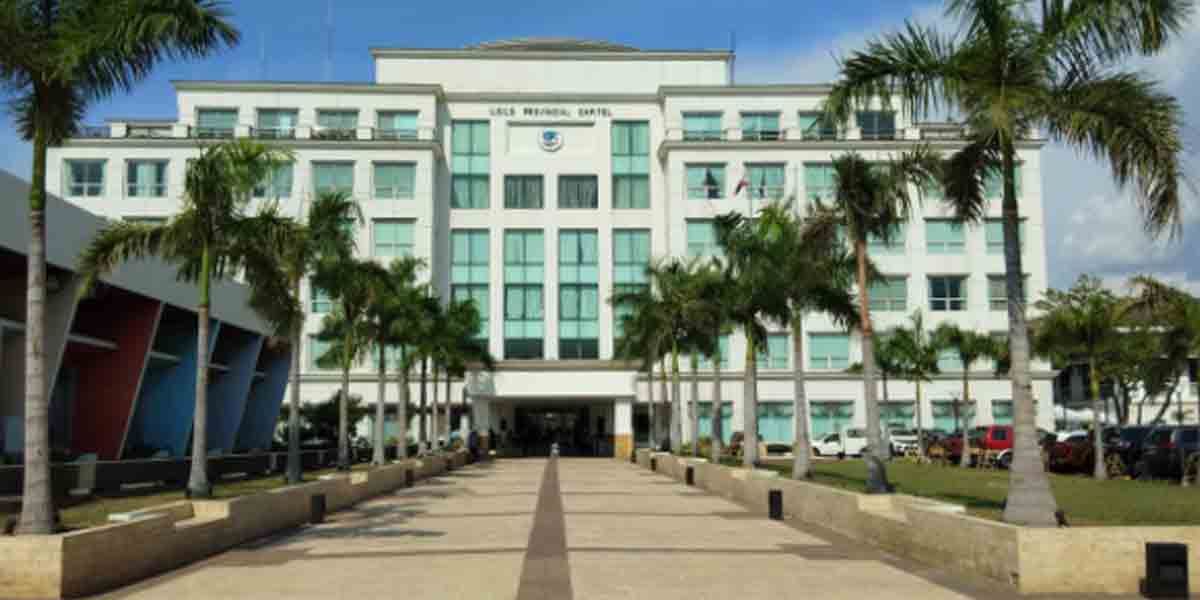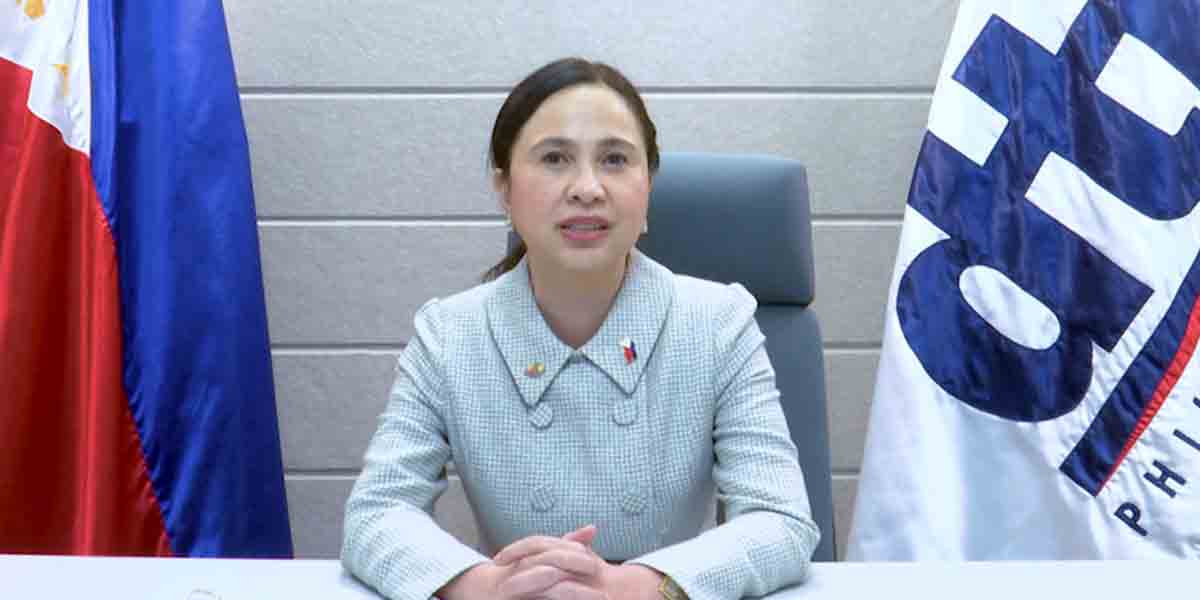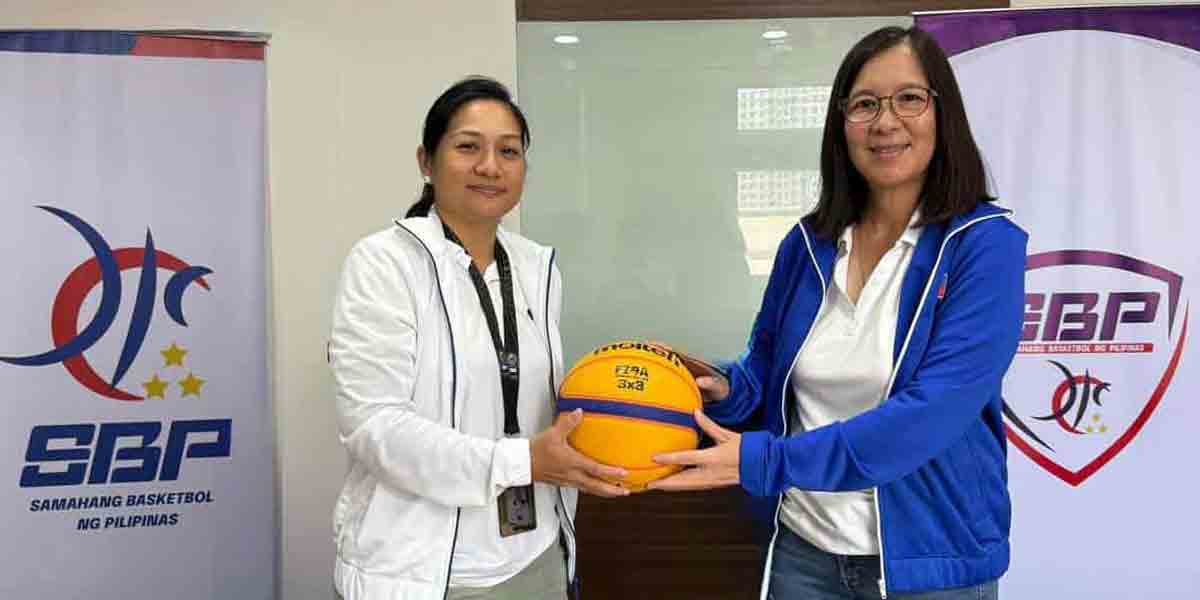By Joshua Corcuera
I grew up in a generation that was accustomed to the June to March academic calendar. Now that I am about to graduate from college, a lot of things have changed.
For context, Filipino students, in the past, attended school starting the month of June until March the following year. Hence, they enjoy the months of April and May as ‘summer’ where they usually play or engage in other activities. Moreover, these two months serve as a long break for students after several months studying at school.
However, higher educational institutions started to shift their academic calendar from the traditional June to March to the new August to May schedule. This is on par with the academic calendar of schools in neighboring countries. On the larger scale of things, the shift of the Philippine academic calendar, or in some Philippine educational institutions at least, is part of ‘internationalization’ efforts.
Moreover, the pandemic back in 2020 forced teaching and learning to go online or modular. During this transition from face-to-face classes to online or modular classes forced many educational institutions to resume in August 2020, now adhering to the August to May calendar.
While it is a good idea to follow international norms and standards, this should neither neglect nor compromise local circumstances. We have to remember that the months of April and May are the hottest in the country, and forcing students to go to school during the said months may pose a health risk to the youth.
As I write this column, the month of June is about to end, but some college students taking midyear classes started reporting to university at the middle of this month. In where I studied, midyear classes started a week or two earlier. More importantly, my alma mater allows students to go to school wearing decent clothes which, for students, is comfortable amid the scorching heat. Not to mention, students also feel comfortable due to air conditioning in the classrooms considering the fact that I studied in a well-known private university in Manila.
If educational institutions continue to adhere to the August to May academic calendar, then this is understandable considering the fact that the academe tries to improve the education system of the Philippines to be at par with neighboring countries in Southeast Asia.
But, they must take steps and be proactive in ensuring that students and teachers are able to study and learn in a conducive environment, one that is comfortable and does not present a health risk to them. One possible solution is to encourage students and teachers to wear comfortable clothes during summer months instead of sticking to school uniforms which may be uncomfortable among students.






















